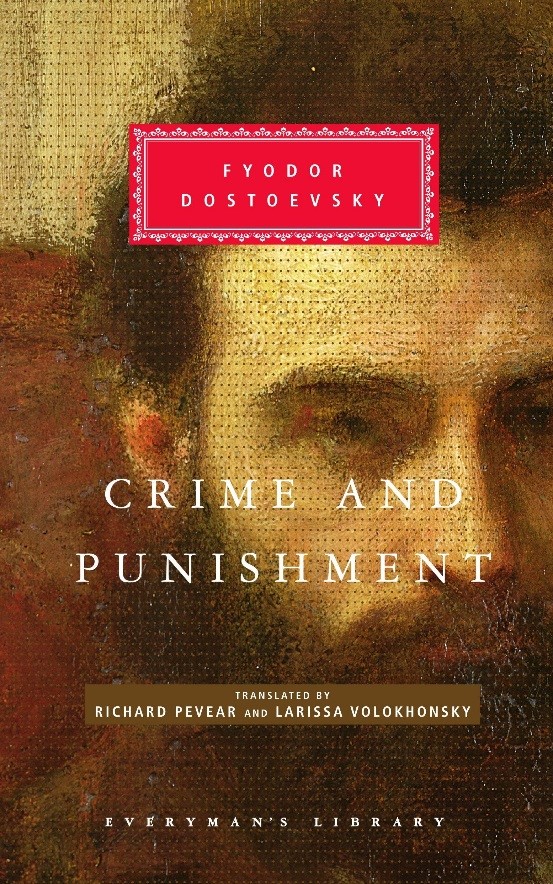
Igor Dostoyevsky’s Crime and Punishment is a tale about just that: a man who commits an
unspeakable crime and faces the consequences. Raskolnikov, a poor former student who lives
in a coffin-like apartment in Russia, aimlessly wanders around the city of St.Petersburg.
However, the reader quickly realizes that Radkolnikov isn’t completely sane. He mutters things
to himself angrily and has gaping holes in his memory. Radkolnikov is also increasingly
paranoid about a secret plan; a plan he has formulated a plan to kill the local pawnbroker.
Believing her to be nothing but a filthy louse and a stain of human existence, he decides this act
to end her life will contribute to the greater good.
Over the course of the novel, Raskolnikov meets many characters with fatal flaws. Marmeladov,
a common drunk who encounters Raskolnikov in a tavern, prioritizes alcohol over his family,
even though he laments about his all-consuming guilt. His bitter wife, Katerina Ivanova, is
selfish and angry and takes it out on her family through physical abuse. Luzhin, Raskolnikov’s
possible future brother in law, likewise exhibits an unhealthy amount of selfishness and self
importance. Another character, Svidrigailadov, is filled with the vice of lust, which breaks down
his relationships and leaves him isolated, much like Raskolnikov is isolated by his madness.
These character flaws haunt each and every one of them and ultimately play a vital role in their
fates.
Raskolnikov also has to face the consequences of his crimes. Although he claims that he has
no regrets, Raskolnikov struggles with the guilt and paranoia of his murder. He battles within
himself, his personality divided, and uses philosophical arguments as excuses for his actions.
He even cites an article that he had formerly written as a student, in which he claims that the
“extraordinary” are fit to conquer and the “ordinary” or lesser than commoners are fit to bend to
the will of those greater than them.
There is also a lot of symbolism throughout the novel. Using many allusions to the Bible,
Dostoyevsky plays with the idea of moral resurrection. There are also recurring motifs such as
the color yellow and societal commentaries debating topics about women, socialism, overall
questions of morality.
Overall I would give this book a 9.5/10. I loved it. Dostoyevsky’s writing style was simple enough
to be understandable, but complex enough to maintain the reader’s interest. His choice to use a
mentally ill (and possibly unreliable) main character as the central view point and focus of the
novel was really interesting and new to me. The only reason I wouldn’t give it a 10 is because it
is a lengthy novel, and it might be a little bit overwhelming to some readers. Since it was
originally written in Russian, there are many translations, so it might have a different impact
depending on which version one would choose (I personally read the Oliver Ready translation).
However, no matter which translation, the plot itself is incredible and tells the heartbreaking
stories of the struggle of the poverty stricken in Russia. I would recommend this novel to anyone
interested in historical fiction, murder mystery, or societal commentary genres.
Checkout Crime and Punishment from the Newport Beach Public Library.